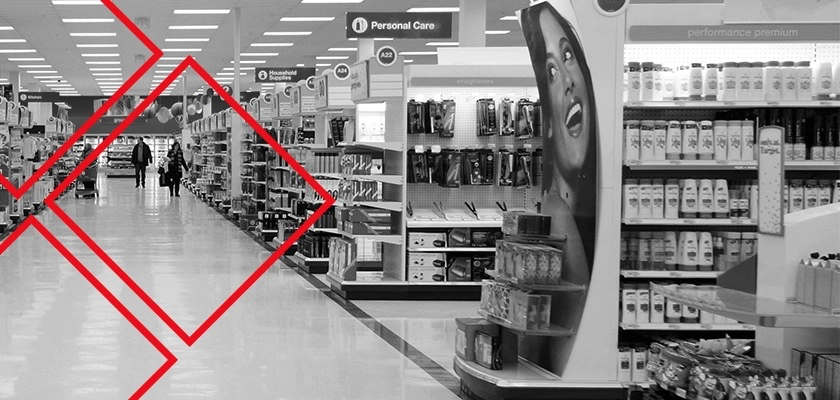"The Costs of Racially Insensitive Business Practices & What Can be Done"- Richard Ellefritz, Ph.D. | February 2021
From products being sold, how customers are treated, to who is represented in the advertisements-- consumers are paying more attention to business behaviors.
Assistant Professor of Sociology
University of the Bahamas

Cassi Pittman Claytor, professor of sociology at Case Western Reserve University, argues that businesses can no longer afford to overlook their overt and covert acts of racism. Consumers are becoming much more vocal about business practices that perpetuate symbolic and institutional racism. Within retail spaces, consumers cross prevalent racial boundaries. As compared to their white counterparts, the act of shopping for persons of color can elicit acts of profiling and surveillance from prejudiced personnel (whether consciously or not). Symbolically, posters advertising fashionable clothing most often represent Caucasians. This exclusion of non-white identities associated with trending attire can itself be a symbolic act of racism.
Representation matters, in this context, to both consumer and retailers. If the imagination of what an outfit will look like on an individual from a minority group is different and/or more difficult than for individuals from underrepresented minority groups a retailer might miss a sale. It is worthwhile considering the consequences of consumers simply wishing to purchase necessities or luxuries, yet who simultaneously experience feelings of anxiety, stress, and self-consciousness because of interpersonal and symbolic prejudices.
As a practical matter of pursuing profits, retailers should consider this when promoting their products. And, they are more and more responding by including historically underrepresented groups in their advertisements and changing stereotypical imagery to more neutral representations. Another manifestation of symbolic inequality exists in the interactions between store patrons and workers. Members of minority groups engaging in the world of retail commerce sense tones and body language as less warm and more hostile to them as compared to members of the majority racial group, white Americans.
Institutionally, businesses are being called upon to state publicly the racial composition of their workforce. Decision-making from the top down can lead to unexamined racialized practices of store promotions to the interactions between sales staff and (potential) consumers. Apps such as Yelp can help identify particular stores and companies with problematic practices concerning explicit and implicit racist practices. Pittman Claytor argues that data should be the driving force behind uncovering these trends as well as solutions to them. This entails wide-ranging data collection efforts for demographics of labor pools as well as ethnographic fieldwork that can reveal the reality of face-to-face interactions leading to racially insensitive interactions within stores. This same logic can be applied to, for example, responses to the COVID-19 pandemic.
The inequalities stemming from and tied to racial inequalities exacerbate an already existing unequal lived reality not experienced by members of the racial majority. The difference is that individuals choose to go out and shop, willfully selecting stores and products for the joys and needs of consumption. Businesses would be better off if they took into account the subtle and not-so subtle forms of racism that might be invisible to them should they not be called out. This supply-side approach works with the profit motives of corporations, but it is also part of a broader push toward racial equality in society at all levels, micro to macro.
Questions for Discussion
- If it is important that businesses consider better representing minority groups based on race, what other social statuses should businesses consider to the end of achieving social justice?
- Besides advertisements and in-store interactions, what other forms of racially insensitive and racist practices do businesses engage in, whether intentionally or not?
- Are non-governmental actions, such as Yelp identifying problematic stores, effective against racial inequality? Explain why or why not.
- What are other non-governmental actions that would be effective against racism in retail spaces?
References
Source Business Insider, November 16, 2020
“Sociologist Cassi Pittman Claytor outlines the work that needs to be done to combat retail racism: 'You can't treat a disease if you do not have metrics to test for it and diagnose it'.” By Madeline Stone. https://www.businessinsider.com/fighting-retail-racism-needs-data-driven-genuine-professor-2020-11



